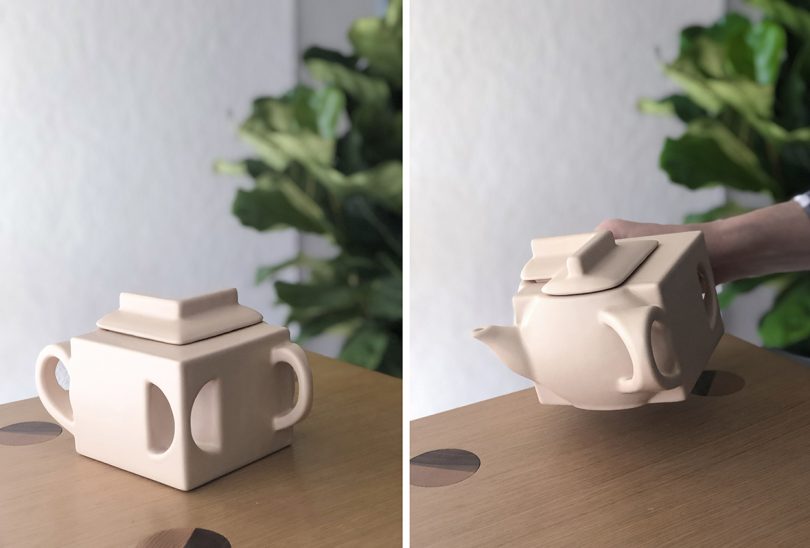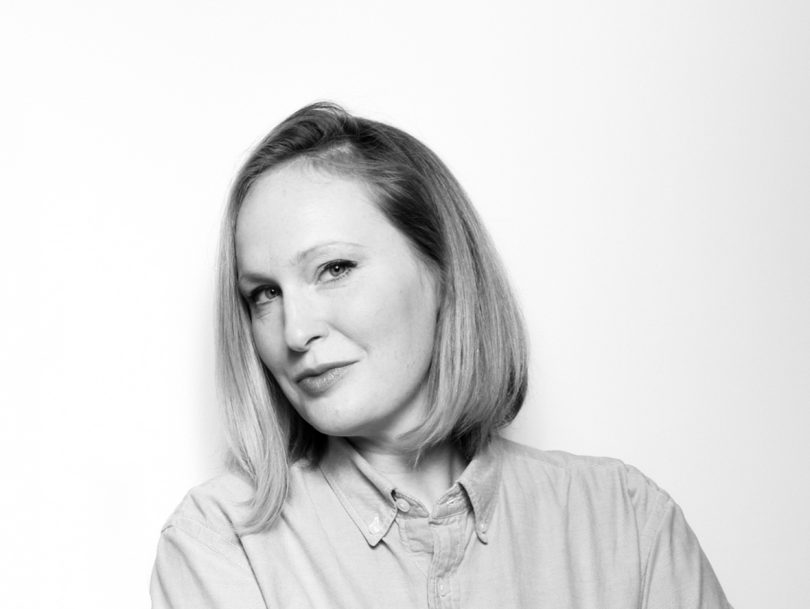Anda French is cofounder of Boston-based architecture and design studio French 2D alongside her sister, Jenny French. The studio’s work on mixed-use projects combines ideas of collectivity with more radical organizations and typologies. The award-winning practice is deeply engaged with local issues of collectivity, housing, public space, history, and identity. They also focus on collaboration across multiple scales in environments for participatory events and dinners, urban-scale graphics, experimental facades, and buildings for collective living.
Anda and French 2D completed the first all compact housing unit building in Boston, and their work in collaborative and participant led design for Bay State Commons Cohousing won a 2020 Progressive Architecture Award from Architect Magazine. French 2D was named as a 2019 Architectural Record Design Vanguard, and the studio has been featured in numerous publications, including Domus, Metropolis, and The Architect’s Newspaper, and as Architect Magazine’s Next Progressives. Anda is currently a Visiting Faculty member at the Princeton University School of Architecture and is the 2022 President-Elect of the Boston Society of Architects/AIA.
Today Anda joins us for Friday Five!

Photo courtesy MoMA
1. Designing Motherhood
Designing Motherhood, by Michelle Millar Fisher and Amber Winick, was released in September from MIT Press. Their Instagram account showcases an incredible mix of work centered on human reproduction and design, and the politics and conversations that entails. I love that their work and advocacy speak so poignantly to pressing societal issues, while feeling personal as I go through my own journey, merging motherhood and design work.

Coffee Seeks Its Own Level by Allan Wexler \\\ Photo: Allan Wexler
2. Allan Wexler
The wonderful artist Allan Wexler always keeps us on our toes. Jenny and I are forever inspired by his provocative, and almost inevitable, take on defamiliarizing everyday objects, furniture, and spaces.

Cover art: Judith Leemann
3. Design Studio for Social Intervention / Ideas, Arrangements, Effects
Boston-based DS4Si released Ideas, Arrangements, Effects last year and generously held a reading group last Summer along with the University of Orange. This book was an incredible resource for getting my graduate and undergraduate students to help talk about the real dimensions of design work that addresses social justice in the built realm. The core premise is that “ideas are embedded in social arrangements, which in turn produce effects.” DS4Si explores this through accessible descriptions and incredible examples of their own work that help redefine our agency and impact in the material world.

Photo: Public Domain / Heinrich Böhler
4. Bodies and Textiles, Specifically Emilie Flöge’s Dresses
I keep returning to my own relationship to clothing and identity. Emilie Flöge’s work is an incredible example of the freeing of volumetric textiles that helps us rethink bodies in space. History paints her as Klimt’s muse, but a show a decade ago at the Leopold in Vienna proved through postcards and exchanges that Flöge was collaborator and confidant in the Secessionist movement. My own practice is drawn to historical and contemporary textile work that shifts and remolds gender and identity.

Snailor Moon & Snail Earnhardt Jr. 2021 by Haas Brothers
5. Siblings
Now, more than ever, I am so aware of how strange and lucky it is to run a practice with my sister. Sibling creative pairs are always fascinating to us – The Mulleavy Sisters, Haas Brothers, Leong Leong, Hariri and Hariri, the Bouroullec Brothers… We are proto-collectives: the place where we first learn to share and collaborate without judgement, but with the productive frictions that arise from knowing each other too well.
Work by Anda French + French 2D:

Kendall Garage and Dresses \ French 2D designed 26,000 sf of permanent graphic scrim to wrap the Kendall Square Garage in Cambridge, MA. The work wrestles with the relationship between seeing surface and volume, drawing and building. Jenny and Anda sewed dresses to stage the final photography. They acted as scale figures, pieces of the building broken free and traversing the site. \\\ Photo: John Horner Photography

Outlier Lofts \ Outlier Lofts is a three-unit residential building that conjures past lives as a new act of collective preservation and form-making. French 2D uses this playful technique as a radical way of thinking about alternative preservation in the otherwise strait-laced historic landscape of Boston. \\\ Photo: John Horner Photography



No comments:
Post a Comment